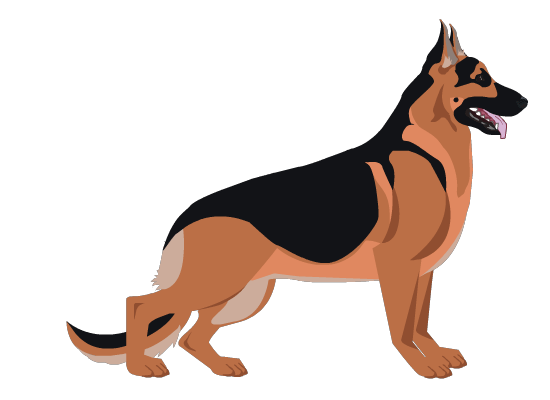|
TIPI
WORD ORIGIN – TIPI originates from the Lakota language: TI – meaning ‘to dwell or live’; PI – meaning, ‘used for’. TIPI means ‘used to live in’. Indigenous to the people of the Plains, including: Lakota, Assiniboine, Gros Ventre, Crows, Hidatsa, Arapaho, Cheyenne, Kiowa, Apache. Much later: Commanche, Utes, Shoshone, Nez Perce, Flathead, Cayuse, Umatilla, Kutenais.
TRADITIONAL TIPI – is a tilted cone, steeper at the back, with the smoke hole extending  some distance down the more gently sloping side, or front of the tipi, and with two flaps called smoke flaps, ears, or wings. The smoke hole above could be adjusted to keep smoke in or to let it out. Built on upwards of fourteen poles each usually 24′ in length. some distance down the more gently sloping side, or front of the tipi, and with two flaps called smoke flaps, ears, or wings. The smoke hole above could be adjusted to keep smoke in or to let it out. Built on upwards of fourteen poles each usually 24′ in length.
The tipi was an ideal shelter because it could be used in both hot and cold weather, particularly in the winter when extreme winds blew across the plains. Areas of domestication  of the Plains Indians tended to revolve around mobility because the Plains Indians followed the migratory path of their food source, (primarily buffalo or bison). Encampments were usually constructed in a circle or semi-circle, with a fire in the centre which provided heat and a meeting place. Other fire pits were located near or inside individual tipis for cooking and drying. A Tipi faced east to receive the morning sun with its back to the prevailing high winds. of the Plains Indians tended to revolve around mobility because the Plains Indians followed the migratory path of their food source, (primarily buffalo or bison). Encampments were usually constructed in a circle or semi-circle, with a fire in the centre which provided heat and a meeting place. Other fire pits were located near or inside individual tipis for cooking and drying. A Tipi faced east to receive the morning sun with its back to the prevailing high winds.
The outside was created by layering animal skins, which were often painted in bright colours to show the personalities of the owners. Anywhere from 8-20 different animal hides were used to cover a tipi. Tipis were primarily erected and taken down by the women!
Contrary to popular belief the hides were not heavy – the tanning process was so fine that although it might rain heavily, water would not pass through nor stiffen the hide, but rather upon drying would remain soft and pliable as before. The weight was approximately 50 pounds, the maximum that could be borne by a large dog, which prior to the introduction of the horse in the 1600s, was the primary method of transportation. (see Size below).
SIZE: Average width was between 12 and 18 feet. Early indications were that the tipis were quite small before horses replaced dogs as draft animals and, therefore, could carry heavy loads.
CANVAS: With the destruction of the Buffalo and the substitution of canvas for hides, the tipi still remains much the same in appearance. Also, canvas was lighter than buffalo hide, and made it possible to erect larger tipis, (between 20-30 feet in diameter). Tipis went out of common with the Plains people during the first two decades of the 20th century, but it is still a major cultural identifier and icon.
WHO PUT ‘EM UP, WHO TOOK ‘EM DOWN – THE WOMEN! – I sing an honour song for these tough warrior women. I am clearly not worthy!
DESIGN, ETIQUETTE, ALTAR, FIRE
Hanging from the top of the lining in the rear of the lodge is a bull-hide shield, a tobacco bag, a medicine bag, and several other little pouches. In the corners between the backrests are rawhide boxes made in pairs. Religious and sacred objects were stored and hung in the rear of the lodge. Men’s weapons were stored on the north side, because MEN SAT IN THE NORTH. Women’s belongings were stored on the south side, BECAUSE WOMEN SAT IN THE SOUTH. Wood was stored on the south side near the door.
TIPI AS A TEMPLE: The floor represented Mother Earth; the sides of the tipi represented Father Sky; the poles represented the trails between Mother Earth and Great Spirit (Wakan Tanka).
The Altar was directly behind the fireplace – a little space of bare earth. Usually in the shape of a square pulverized and brushed clean. Lakota called it ‘the square of mellowed earth’. It represented Mother Earth, sweet grass, sage and cedar were burned as incense to the spirits.
If door open, friends could simply walk in. If door closed, they called out or rattled the door covering and waited for an invitation.
WHO USED THEM? Plains Tribes, Plains Cree, Oji-Cree, Nez Perce
|

























